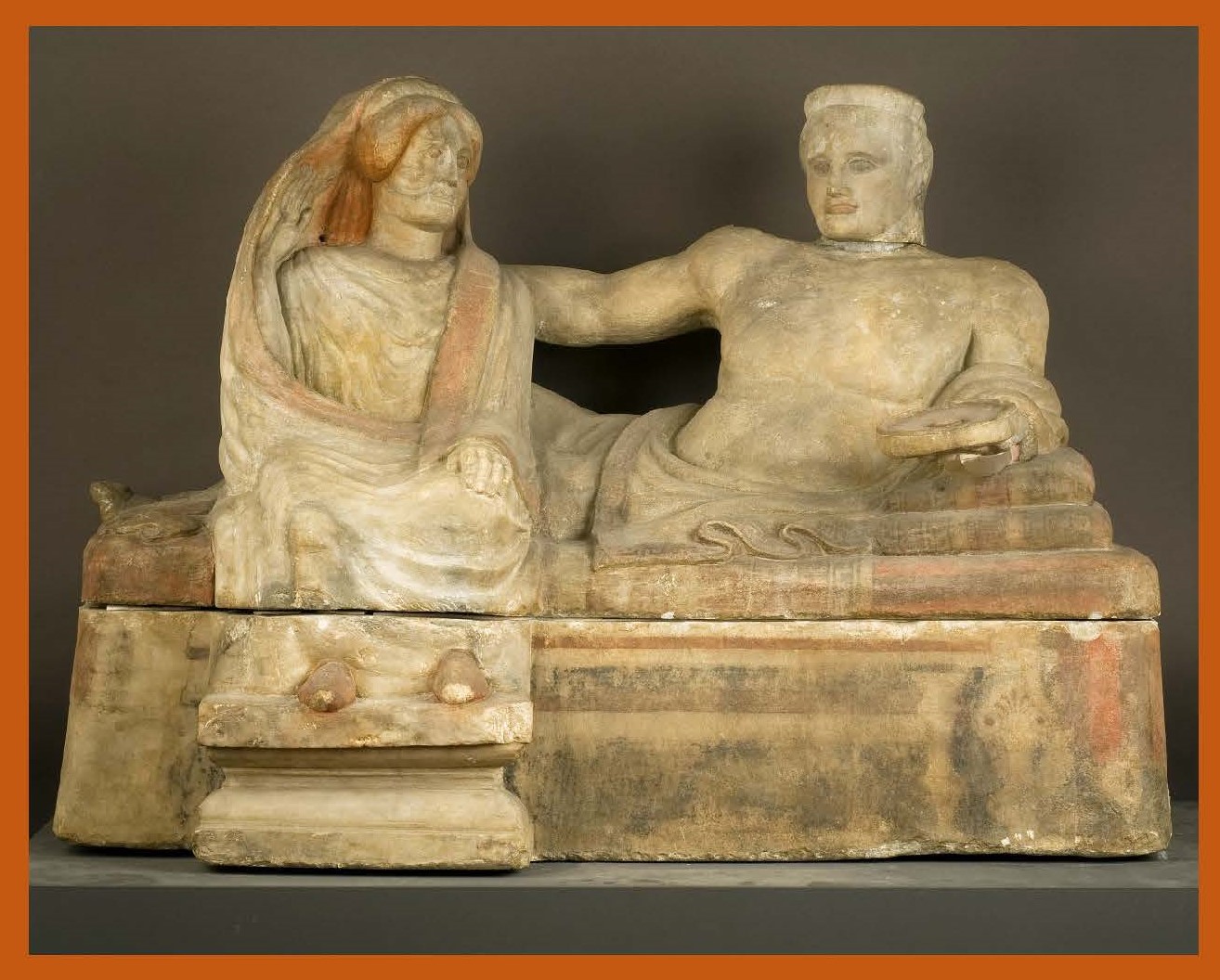Starke asymmetrische Abhängigkeitsverhältnisse und soziale Ungleichheiten in Etrurien. Ein ikonographischer Ansatz
DOI:
https://doi.org/10.25365/wbagon-2022-4-7Schlagworte:
Etrusker, Sklaverei, asymmetrische Abhängigkeit, soziale Ungleichheit, IkonographieAbstract
Social inequality as well as permanent and institutionalized forms of strong asymmetrical dependency, such as slavery and captivity, have to be considered as an integral part of Etruscan society. In the period from the 6th to the 1st century BCE, depictions of dependent and/or socially inferior persons were very common in Etruscan art and occurred in many different types of visual culture, like mural and vase paintings, urns, sarcophagi, mirrors, figurines and gems as well as in the architectural decoration of sacral buildings and aristocratic residences. Visual representations of captives, strangers and various types of dependent laborers, working in the households of the Etruscan nobility, such as nurses, pedagogues, cupbearers, kitchen staff, dancers and musicians, can be mentioned as examples for this. The main focus of my research is on the analysis of the iconographical elements, which have been used in these images in order to show social hierarchies and power imbalances between different actors. Thereby, it will be possible to draw conclusions about the Etruscan society in regard to the marginalization of dependent persons and the self-representation of the powerful elite. In order to broaden the perspective, Etruscan inscriptions, for example from craftsmen and manumitted slaves, and literary sources from Greek and Roman authors, dealing with different forms of dependency in Etruria, will be considered, too.
Downloads
Veröffentlicht
Lizenz
Copyright (c) 2022 author

Dieses Werk steht unter der Lizenz Creative Commons Namensnennung 4.0 International.

